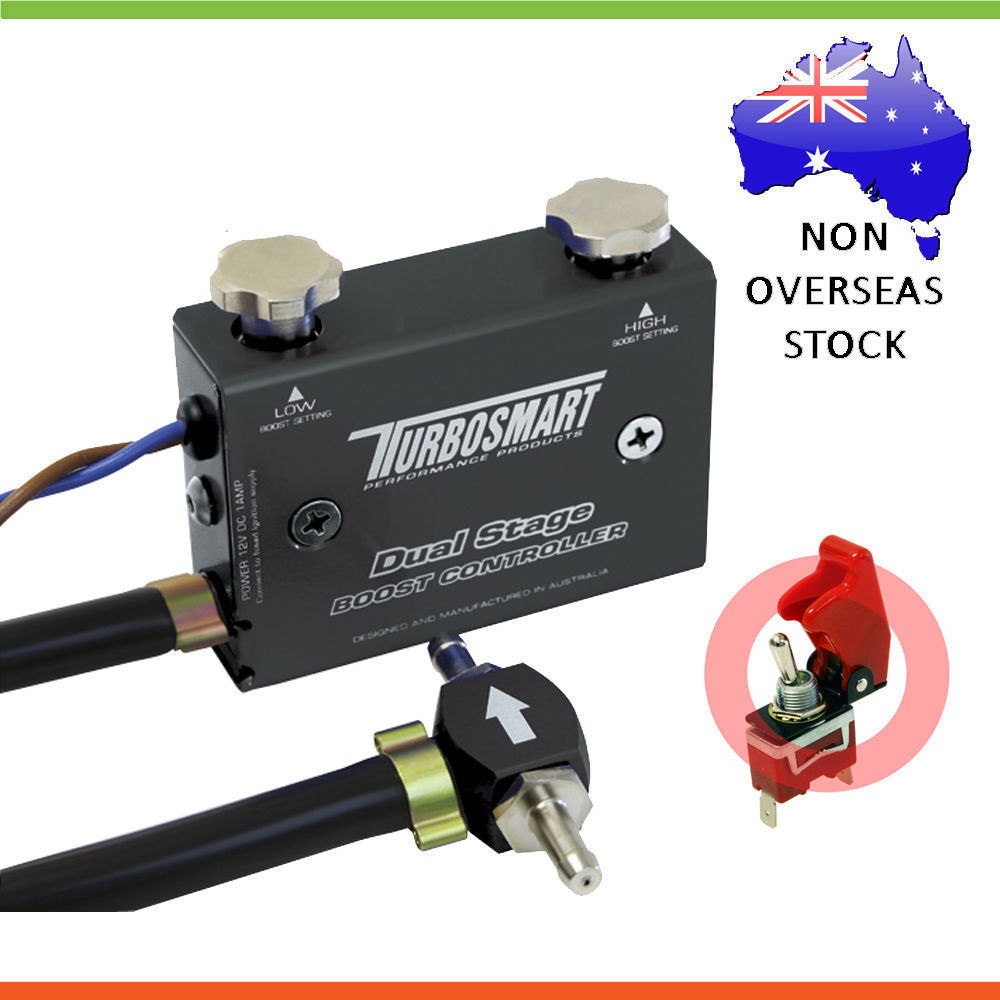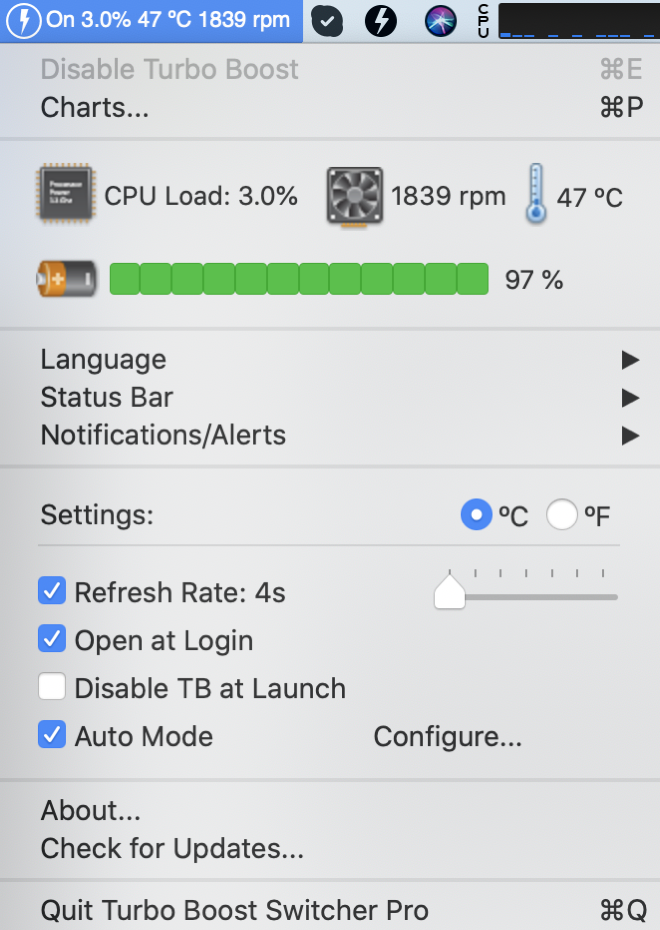

I use the tool iStat Menus from Bjango to monitor the speed of my processor and many other metrics. Our 2.3GHz iMac has a Turbo Boost clock speed of 3.6GHz.įor purposes of our discussion, we need to understand when this Turbo Boost will occur and what factors cause it to engage.Īvailability and frequency upside of Intel® Turbo Boost Technology 2.0 state depends upon a number of factors including, but not limited to, the following:īasically, if you’re demanding a lot from your computer you could see the process speed ramp up and for short bursts even reach the top Turbo Boost speed. When you buy a machine, you’ll often see two speeds: the standard clock rate and the Turbo Boost rate. In the Intel line of processors which are in all modern Macs and many PCs, Intel calls this ramp-up in speed Turbo Boost. Then, later on, you decide to transcode some video, maybe rendering from FinalCut or ScreenFlow that’s even more work for the processor to do so it has to speed up even more. This is a bit more work so the processor will increase to a higher clock speed. With a laptop, this is extremely important because it means longer battery life.īut let’s say you decide to watch a video on YouTube.

If you’re just doodling around writing emails, your CPU doesn’t have much to do, so it will slow down to a very low clock speed.
.jpg)

This is a huge advantage from a power consumption perspective. Modern CPUs can operate at varying clock speeds. Ok, so we’ve established that our new 21.5″ iMac has a clock speed of 2.3GHz. For simplicity of discussion, I’m going to ignore the effect that multi-core processors and multi-threaded processes have on speed. If you try to compare to a different processor family, such as the i3, i7 or i9s, then you can’t just look at the clock speed to know how fast the machine will go. In our entry-level iMac example, a 2.3GHz Intel Core i5 would be faster than a 2.0GHz i5. If we stay within a given processor line, we can speed up our computations by getting a processor with a faster clock speed. The clock speed is the number of cycles per second in which the processor does its operations. The speed in GHz is the clock rate or also called the clock speed. The CPU family is the Intel Core series, the specific processor line is the i5, and the processor speed is 2.3GHz. Let’s use as an example the entry-level iMac with a 2.3GHz Intel Core i5. CPU stands for Central Processing Unit, which we often just refer to as a processor. When you choose a computer you’ll see information about the CPU family and about the speed of that CPU. CPU Clock Rates and Turbo Boost Entry-Level iMac Processor Once we’re done with the lesson, I’ll explain my specific problem and then explain how you might like and need Turbo Boost Switcher even if you don’t have banana fans. Not too deep, because we get in over my head pretty quickly, but deep enough to provide some understanding that may help you in your computing journey. But we can’t start with the amazing solution I found in the app Turbo Boost Switcher until we back up and learn a little bit about computer processors. This article is a story of how my fans are going bananas on my new 16″ MacBook Pro.


 0 kommentar(er)
0 kommentar(er)
